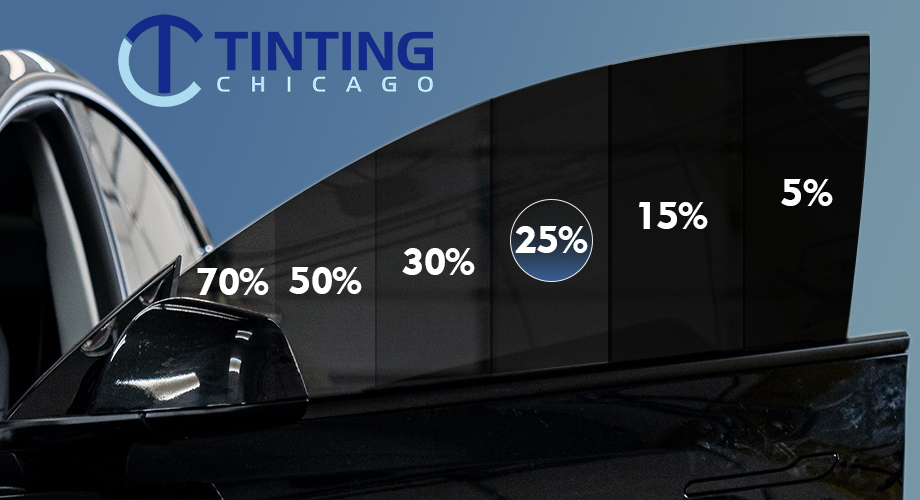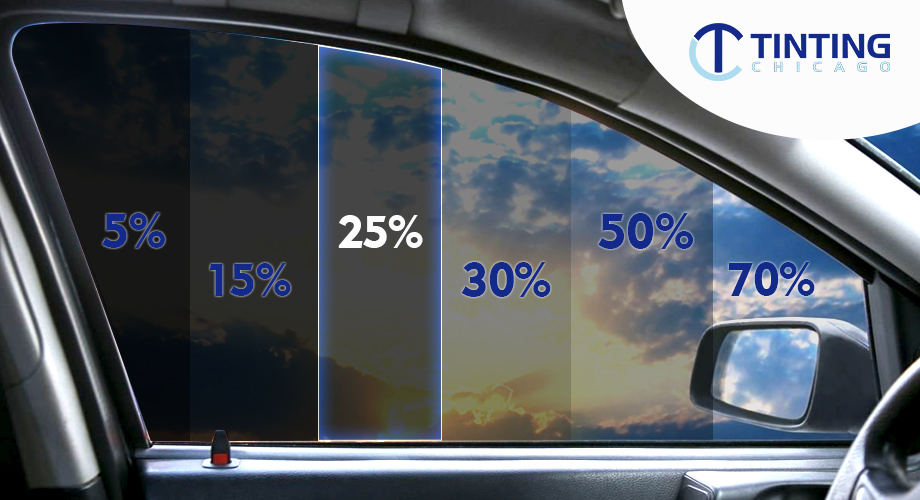



































































































































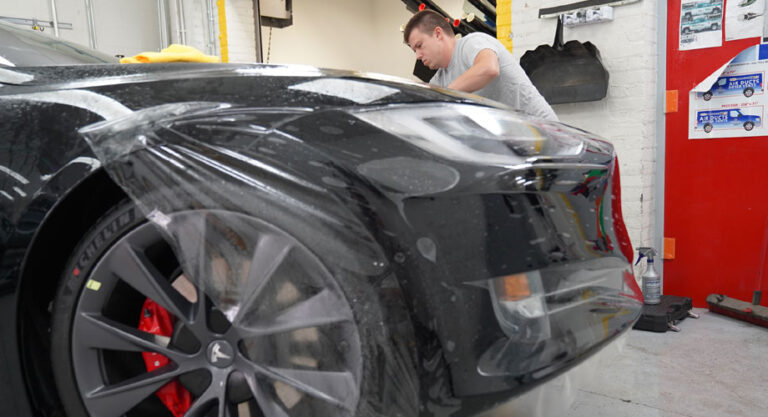
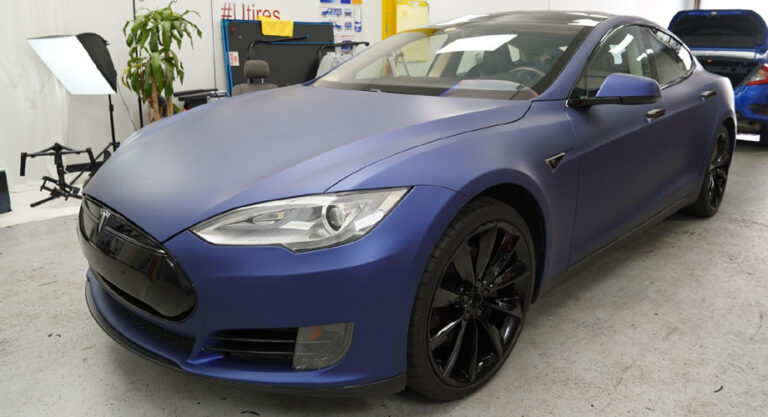




















































































































































Modern people spend a significant part of the day driving, exposing themselves to ultraviolet radiation. Therefore, it is quite logical to protect car windows to protect yourself from sunlight.
It is quite simple to do this – tint them. It is the 25% tint film that is the ideal option, as it is effective for both protection and convenience.

Car Tinting 25%: Pros and Cons
This car window tint means that it will transmit 25% of visible light and retain 75%. This is an average tint level that strikes a balance between glare reduction, privacy, and compliance with most state laws.
Benefits:
- Reducing glare from other vehicles’ headlights and the sun, which improves visibility and driving safety.
- Protecting the interior of the car from UV rays, which are prone to burnout, and the driver and passengers from the harmful effects of radiation.
- Increased privacy, preventing the possibility of looking into the car from the outside.
- Improving the appearance of the car, making it more exclusive and attractive.
- Reducing the heating of the interior will make the car more comfortable and reduce the load on the air conditioning.
- Legal compliance: 25% tint on the front windows is allowed in most states.
But there are some drawbacks:
- Limited visibility at night, especially in low light conditions, which can make driving difficult.
- Legal restrictions (it may be illegal in some jurisdictions). It is important to review local laws before installing 25% tint on all windows.
- Installation cost (a quality 25% window tint kit and installation cannot be cheap). Contact Tinting Chicago, and together we will calculate the price of tinting your car with films of recognized brands – XPEL, XPEL vs. RAYNO, Suntek, 3M, LLumar.
- Possible impact on electronics with metalized films (GPS, mobile phones, and radios).
Before making a decision on tinting, we recommend that you weigh all these factors and contact us for advice.
Legal Requirements for Tinting
The conditions for tinting car windows may vary depending on the laws of a particular state. The laws regulate the following aspects:
- Visible light transmission (VLT) is calculated as a percentage.
- Tinting of the front side windows. In most states, 25% tint on side windows is allowed.
- The back side window tint is less strictly regulated and can be darker than the front side windows. Therefore, 25% tint on the back windows is perfectly acceptable.
- Rear window tinting is permitted with any film if there are exterior mirrors on both sides of the vehicle.
- Windscreen tinting is only allowed for the top band (4 – 6 inches). Therefore, a 25% tint on all windscreens will not work.
- Reflective and reflective to prevent glare and reduce light reflection.
- Colored film (red or blue) is prohibited in some states.
- Certification and stickers to show that the tint film meets legal requirements.
- Exceptions for people with medical conditions that require protection from sunlight.
So, consult with a specialist before applying the film to ensure that your tint complies with the laws of your state.
What are the Requirements for Tinting in Illinois?
The following basic legal requirements apply here:
- front side windows – tint of 35% or more is allowed;
- back side windows – any level of tint is allowed;
- rear window – any tint is allowed, provided the car is equipped with two side mirrors;
- windshield – tinting is allowed only in the upper part (within 6 inches from the top) using a transparent or sun protection film.
A certificate of compliance from the installer is not a requirement in Illinois.
Exceptions to the Car Window Tint Rules
In Illinois and in the United States, in general, there are some exceptions to the rules that allow the use of darker tints in certain situations. The main ones are:
Medical – for people with certain health conditions that require protection from sunlight (lupus, albinism, porphyria, skin cancer, severe photosensitive conditions). Submit a doctor’s certificate to the relevant government agency (for example, DMV – Department of Motor Vehicles), and after receiving the conclusion, you can safely do the tinting.
Service and government vehicles (law enforcement, security services). It is thanks to 25% tint on windows and less that the privacy and safety of passengers is achieved, and glare is reduced during the performance of official duties or tasks.
Commercial vehicles (transporting valuable cargo or goods). This helps prevent theft and ensures the secrecy of the cargo.
Other. Vehicles for the transport of passengers (limousines, buses, historic vehicles) to ensure comfort during the trip.
This is quite a broad list of exceptions, but how do you know if you fall into a particular category? Tinting Chicago consultants have already prepared the answer.
our latest news!
How to Clarify the Requirements and Exceptions?
To do this, you need to:
- contact your local DMV for accurate information about the requirements and exemptions for your state;
- check the official state websites for detailed information on rules and exemptions.
Don’t waste your time; you may be eligible to use a darker tint on your car legally.
FAQ
What cars can I get tinted?
This procedure can be done on any car if it is not prohibited by law. Most often, owners of Toyota, Honda, BMW, Mercedes-Benz, Ford, Jeep, Audi, Lexus, Hyundai, Kia, and Nissan in the Coupe, Sedan, SUV, Hatchback, and Pickup body styles come for tuning. Contact us even if your car brand is not on the list.
What windows do Tinting Chicago technicians do 25% tint on?
Tinting Chicago specializes in various types of tinting. We can qualitatively make both 25% tint on house windows and car windows, but the question is the legality.
Will it be convenient to drive in a car in the evening with a 25% tint?
Since this tint has an average level of darkening, which allows a sufficient amount of light to pass through, it will be comfortable to drive the vehicle. Moreover, sunsets will not cause inconveniences that are possible with untinted car windows.



























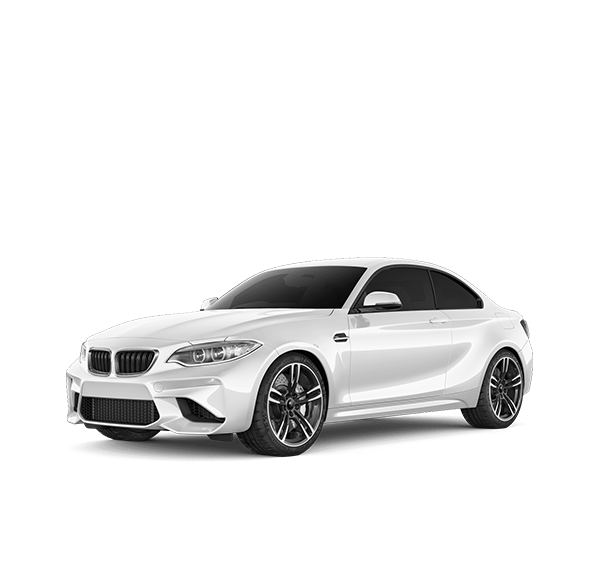
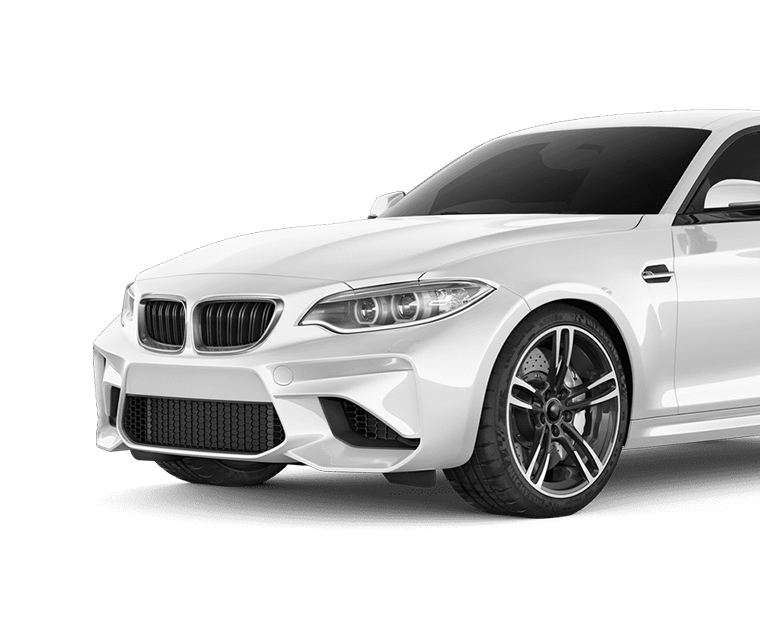
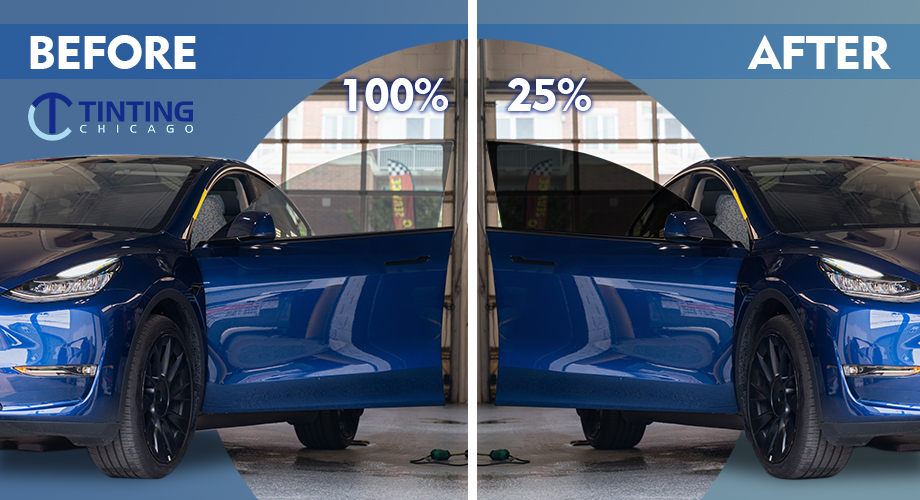
 Send a message
Send a message Send a message
Send a message